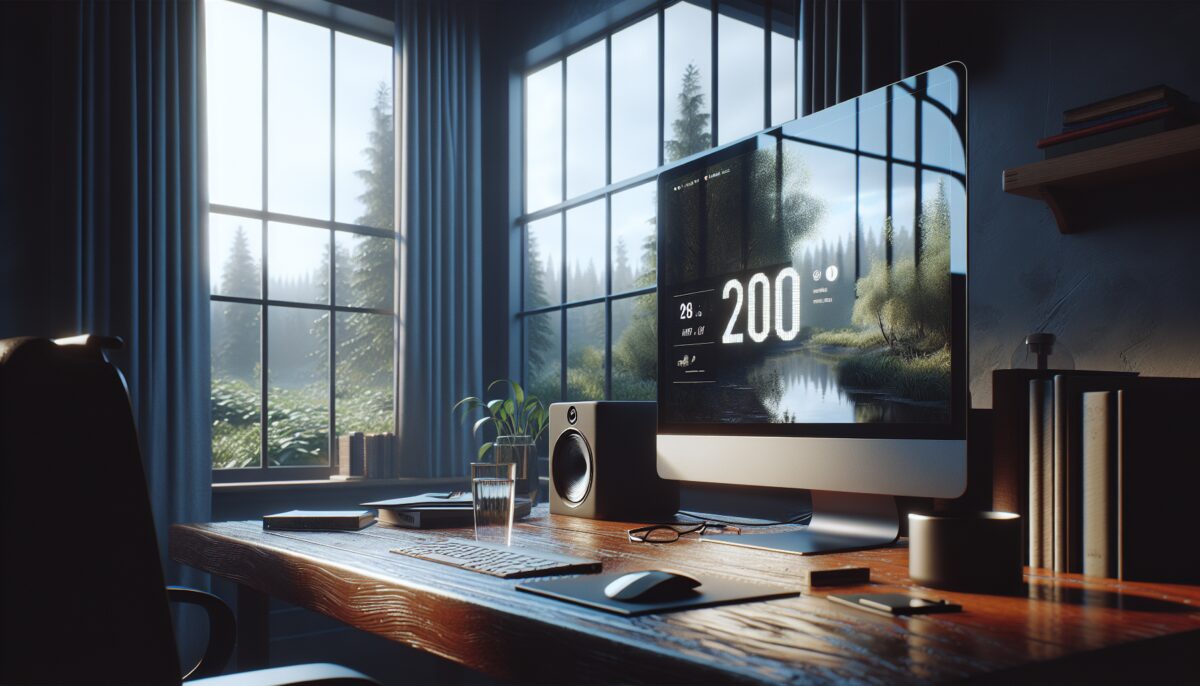Table of Contents
How to combat screen fatigue with the 20-20-20 rule
In today’s digital age, screen time has become an integral part of our daily lives. With the average American adult spending approximately 44 years staring at screens, it’s no surprise that many are experiencing significant screen fatigue.
A recent survey revealed that 70% of adults suffer from screen-related eye strain, yet many neglect to take necessary breaks. This article explores effective strategies to alleviate eye strain, focusing on the widely recommended 20-20-20 rule.
Understanding the 20-20-20 rule
The 20-20-20 rule is a simple yet effective method designed to reduce eye strain caused by prolonged screen exposure. According to Dr. Bryce Appelbaum, a board-certified optometrist, the rule suggests that every 20 minutes, individuals should take a break from their screens and look at something at least 20 feet away for a minimum of 20 seconds.
This practice allows the eye muscles to relax and recover from the strain of focusing on screens.
Why eye strain occurs
Eye strain, also known as digital eye strain or computer vision syndrome, occurs when the eyes become fatigued from prolonged use of digital devices.
Symptoms can include dryness, irritation, blurred vision, and headaches. When we focus on screens, our pupils constrict, a process known as miosis, which can lead to discomfort. Just as muscles in our hands tire from clenching, our eye muscles also need regular breaks to maintain their strength and function.
Implementing the 20-20-20 rule effectively
To effectively implement the 20-20-20 rule, start by choosing a specific time to remind yourself to take breaks, such as every hour or at the bottom of the hour. Setting a timer can help establish this routine.
When the timer goes off, step away from your screen and focus on an object at least 20 feet away. This could be a window view, a picture on the wall, or even a tree outside. Allow your eyes to relax and enjoy the moment, as this can also serve as a brief mindfulness exercise.
Additional tips for reducing eye strain
In addition to the 20-20-20 rule, there are several other strategies to help mitigate eye strain. Ensure that your workspace is well-lit to reduce glare on screens. Adjust the brightness and contrast settings on your devices to comfortable levels. Consider using blue light filters or glasses designed to block blue light emitted by screens. Finally, remember to blink frequently to keep your eyes moist and reduce dryness.
The benefits of taking breaks
Taking regular breaks not only helps reduce eye strain but also promotes overall well-being. Incorporating movement during these breaks can counteract the sedentary nature of desk jobs. Stretching, walking, or even practicing deep breathing exercises can enhance focus and productivity. Research indicates that such practices can effectively buffer against anxiety, stress, and burnout, making them essential for maintaining a healthy work-life balance.




